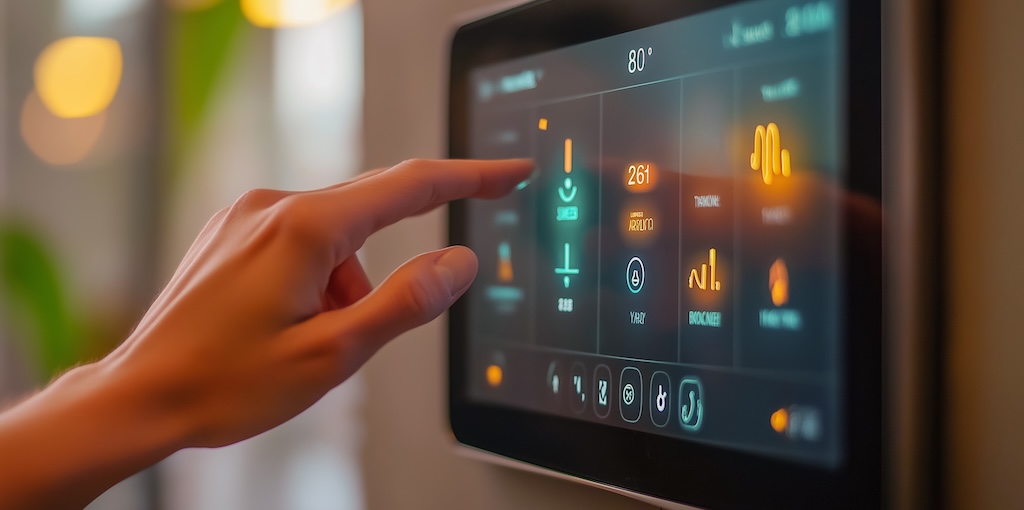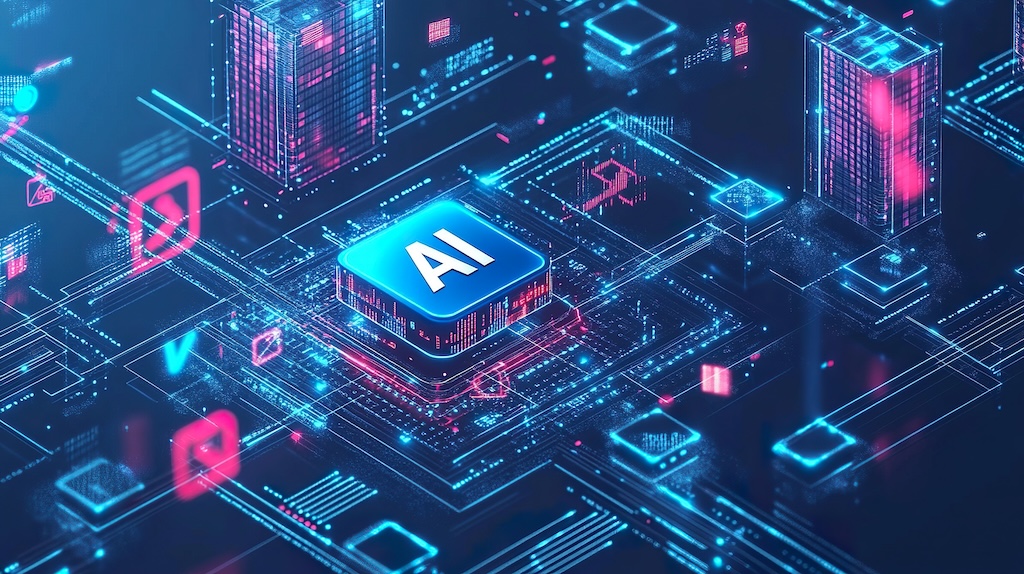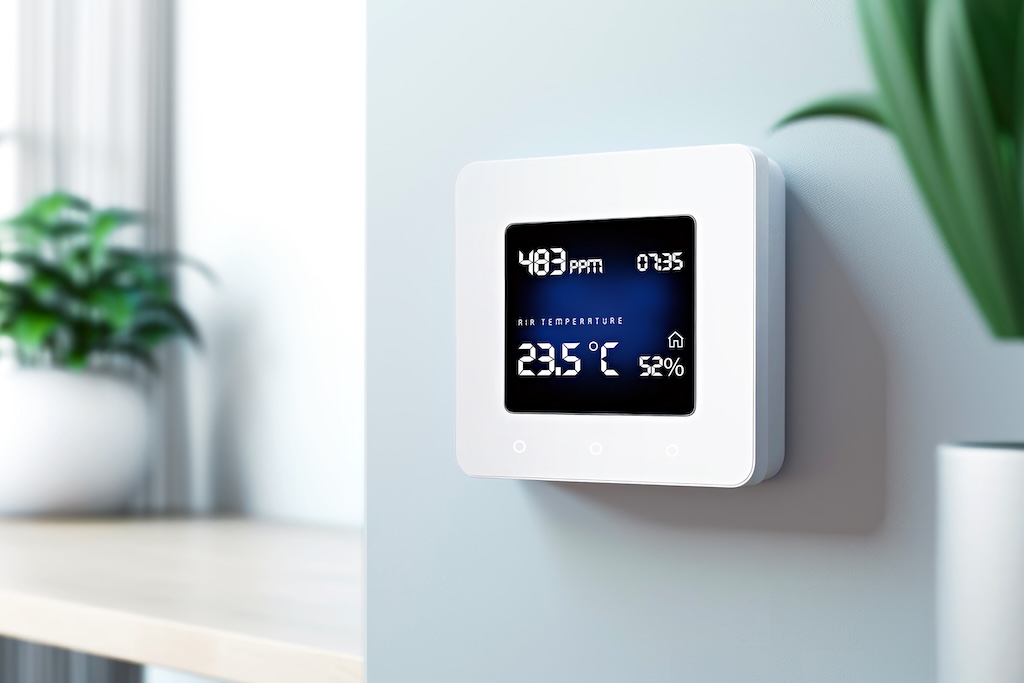Smart buildings are revolutionizing the way we interact with our built environments, leveraging cutting-edge technology to enhance efficiency, comfort, security, and sustainability. The advent of large-scale low-cost data collection, excellent connectivity, and networked equipment has seen this market experience phenomenal growth, particularly in the Indo-Pacific region. Pooling together data from different insightful sources enables building managers to make better decisions with better outcomes.
In this article we explore the next frontier in smart building innovation: artificial intelligence (AI), which promises to take these advancements to new heights. With AI and its integration into smart buildings oceans of data can be effortlessly analyzed, sophisticated actuations can be performed, and operations can be dramatically improved in terms of space use, energy efficiency, and occupant experience – all while minimizing human intervention.
Legacy Smart Buildings

Legacy smart buildings, pre-dating AI, still represent a significant advance in intelligent operations over brick-and-mortar structures. Typically these systems require manual intervention to overcome their shortcomings, and tend to be reactive and static rather than anticipatory and truly intelligent:
1. Basic Automation: Legacy smart buildings typically have automation systems for controlling lighting, HVAC (heating, ventilation, and air conditioning), and sometimes security systems. These systems often operate on pre-set schedules or simple triggers.
2. Limited Integration: These systems might not integrate well with each other. For example, the lighting system might not communicate with the HVAC system, leading to inefficiencies.
3. Static Control: The control systems in legacy smart buildings are usually static, meaning they don’t adapt or learn from patterns of use. They follow a fixed set of rules without much room for adjustment based on real-time data or occupancy.
4. Energy Inefficiency: Energy management might not be optimized, as legacy systems often rely on basic schedules rather than real-time data to adjust energy use.
5. Manual Intervention: Maintenance and adjustments often require manual intervention or specific programming changes, which can be cumbersome and slow.
AI-Powered Smart Buildings

AI within smart buildings allows for more integrated operations and closer cohesion between information, analysis, and action. Such buildings can come to life being sensitive to real-time data, being cognizant of past data, having predictive ability, and automating actions based on such analyses:
1. Adaptive Learning: AI-powered smart buildings use machine learning algorithms to learn from occupants' behavior and adapt systems accordingly. For example, an AI system might understand the usage patterns of conference rooms or activity-based work settings and adjust the local lighting and temperature as per the expected trend.
2. Integrated Systems: AI harnesses data from various systems within a building, allowing for more cohesive and efficient operation. For example: AI evaluates outdoor data like temperature, CO2, precipitation; indoor data relating to occupancy and CO2 levels; and balances energy efficiency and occupant experience to decide the optimum airflow.
3. Optimized Energy Management: AI can optimize energy use by analyzing real-time data from various sensors and making adjustments on the fly. This can lead to significant energy savings and reduced operational costs. For example, it might use weather forecasts to adjust heating or cooling in advance.
4. Improved Space Utilization: AI can analyze how different spaces and work settings (in offices) are used and provide insights for better space management. Space utilization analysis can be useful in informing important capital decisions like renting / leasing, and re-design or re-stacking of existing space to improve efficiency.
5. Real-Time Analytics: AI-powered smart buildings can provide real-time analytics and insights into building performance, allowing for more informed decision-making and quicker responses to issues.
On-boarding New Technologies into Buildings

The process of bringing in and integrating new technologies into existing smart building systems can be difficult. In the smart proptech market many solutions are currently offered in silo-ed form, self-contained and lacking adequate integration with building management systems. Further, new technology innovations and insightful data sources are constantly being brought to market, which may or may not remain compatible with older building systems. Thus, on-boarding new technology often requires laborious manual intervention in the form of configuration, calibration, and addressing mismatches in communication protocols and data formats.
With AI, new devices and solutions can be seamlessly integrated into the existing system, automatically and without manual oversight. E.g.
Configuration: AI systems can automatically configure new devices as per their company pre-sets.
Calibration: AI can use historical building data to calibrate new systems for operation in the local environment.
Integration: AI can act as a middleware between the new devices and the existing system, providing translation between different communication protocols and converting new data streams into the existing standard.
Centralization: AI systems can also standardize the analysis and presentation of data. Thus new data streams brought online are collated with existing streams to provide the user with a comprehensive insight on building performance.
Conclusion

Our built environment has a critical role to play in addressing global concerns; whether they be financial concerns of owners relating to cost and energy use, experiential and well-being concerns of building occupants, or environmental concerns about global sustainability. AI-powered intelligent buildings represent the next step in the integration of smart technology into our daily lives to resolve these concerns.

Going beyond the data collection and simple automations offered by legacy smart solutions, AI integrates different systems, analyses data, adapts to real-time changes, and executes intelligent actuations. As AI continues to evolve, it will enable even greater levels of automation and intelligence, transforming smart buildings into adaptive, self-managing entities that respond intuitively to their environment and the needs of their inhabitants.
